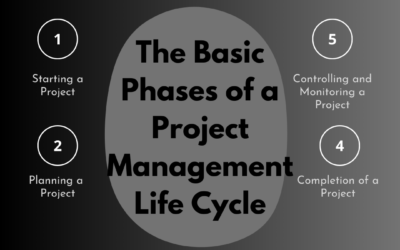
What are stretch goals?
Organisations can employ stretch goals, which are challenging and long-term targets, to motivate change. These objectives have the important quality of being demanding, which can promote employees’ development. For instance, they might increase morale or promote constructive change at work.
What are SMART goals?
SMART goals are targets that are time-bound, specific, measurable, achievable, and realistic. They are frequently beneficial for concrete and believable ideas. These objectives can aid both individuals and teams in establishing precise stages towards a goal.
Organisations can take their needs and business models into account when determining whether to utilise SMART goals or stretch goals. Although all types of goals can be beneficial, only certain forms of progress are appropriate for each. Stretch goals are different from SMART goals in the following ways:
Benefits
Stretch goals’ key advantage is that they could make a team realise they are capable of more than what they previously thought. For instance, a manager can set a sales target that is higher than what the team has typically sold during a given period of time. This might motivate the team to put in more effort so they can see how much more they are capable of. Additional advantages of stretch objectives could be:
- Including team members in a business’s grand vision
- Encouraging staff members to set more challenging personal objectives
- Increasing the range of what a company can accomplish
- Increasing teamwork as everyone strives towards the same objective
- Determining which procedures to change based on the outcomes of the goals
- Boosting personnel’s self-assurance to adopt novel strategies and establish difficult objectives
SMART goals, on the other hand, include distinct steps, which is one of its main advantages. This can guarantee that everyone involved in a project is aware of their responsibilities, duties, and due dates. For instance, a project manager can use SMART goals to assign tasks, give clear instructions, and set a timetable if they intend to complete two mailing campaigns by the end of the month. SMART goals have additional advantages, such as:
- Having a structure that is effective for both long-term and short-term objectives
- Evaluating the performance of each component of the strategy to identify strengths and shortcomings
- Encouraging team members to experiment with new methods
- Educating team members and people on how to use the SMART framework in the future
- Enhancing concentration by outlining stages to a goal in detail
- By giving the team members an effective framework, you can raise morale.
- Improving effectiveness by creating a schedule
Industries
Industries like education and healthcare frequently have consistent and foreseeable results. Stretch objectives may be advantageous for these businesses as opposed to businesses with many variable circumstances. For instance, if a sales organisation is aware that its sales patterns are consistent, it may set aggressive goals with a higher likelihood of success.
In the meantime, most industries can typically profit from utilising the SMART framework because many businesses are required to set frequent, modest goals. Businesses in the technology sector, for instance, may benefit more from SMART targets than stretch goals because this sector frequently sees shifting results. Given how quickly demand changes in the technology sector, SMART goals may be able to help tech companies focus on what is feasible for the business while also setting clear and timely targets for the development of their products.
Uses
SMART goals can assist businesses in achieving larger goals with fewer clearly defined steps since they tend to be more manageable and clearly achievable. In addition to SMART goals, stretch goals may also help develop long-term ambitions.
Consider SMART goals as small steps you can take towards more ambitious stretch goals. As an illustration, if a team’s stretch goal is to perform better overall by the end of the year, some of the SMART goals set for that year can include projects and tasks that focus on particular performance qualities.




